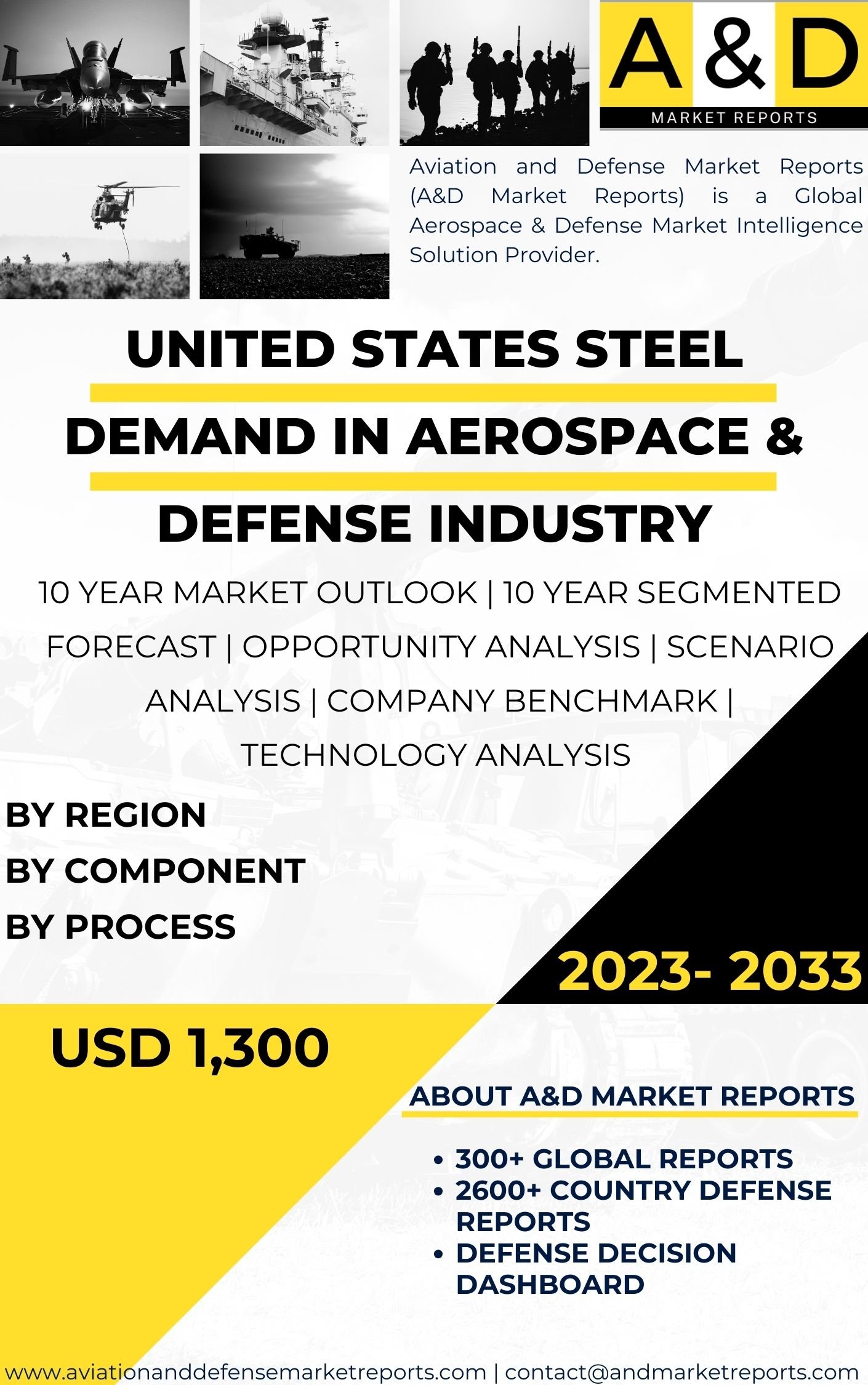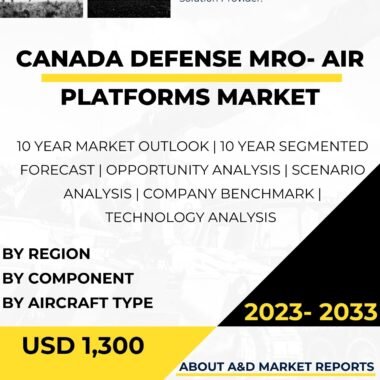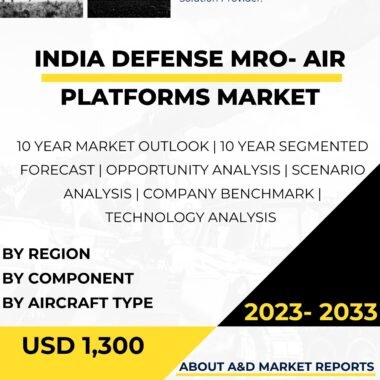Description
The United States is a major driver of global steel demand within the Aerospace and Defense industry. Steel, renowned for its strength, durability, and versatility, plays an essential role in the construction of various critical components and structures for military aircraft, naval vessels, ground vehicles, and infrastructure. The aerospace and defense sectors rely on steel due to its exceptional mechanical properties, which are crucial for ensuring the safety, resilience, and performance of military equipment and assets.
Steel’s robust demand in the Aerospace and Defense industry can be attributed to several key factors. First and foremost, steel’s inherent strength and toughness make it an ideal material for applications where structural integrity is paramount. Military aircraft, for example, require steel components in their airframes, landing gear, and engine mounts to withstand the stresses and forces encountered during flight operations. Similarly, naval vessels and ground vehicles rely on steel for their hulls, armor plating, and structural supports, providing protection against various threats and ensuring mission readiness.
Steel’s durability is another critical factor driving its demand in these sectors. Aerospace and defense equipment often operate in harsh and demanding environments, including extreme temperatures, saltwater exposure, and high-impact scenarios. Steel’s resistance to corrosion and its ability to maintain its structural integrity under adverse conditions make it an indispensable material for components that must endure prolonged service life, reduce maintenance requirements, and enhance overall operational reliability.
Additionally, steel’s versatility is highly prized in the Aerospace and Defense industry. It can be easily fabricated, machined, and welded to meet the specific design and performance requirements of various applications. This adaptability allows manufacturers to tailor steel components to precise specifications, ensuring they meet the stringent quality and safety standards demanded by military and aerospace authorities.
Moreover, the aerospace and defense sectors place a premium on materials that offer high-performance characteristics while adhering to stringent safety standards. Steel’s ability to provide both strength and reliability aligns perfectly with these requirements, making it a preferred choice for a wide range of critical applications. Whether in the construction of military aircraft fuselages, naval vessel hulls, or armored vehicles, steel’s exceptional properties ensure that these assets are resilient and capable of withstanding the rigorous demands of military operations.
The United States, as a global leader in aerospace and defense manufacturing, significantly influences the worldwide demand for steel within these sectors. The country boasts a robust aerospace industry, with leading companies like Boeing and Lockheed Martin that have extensive supply chains and production facilities. These companies rely heavily on steel for manufacturing aircraft and defense equipment, thereby contributing substantially to steel demand. Additionally, the U.S. Department of Defense, with its substantial budget allocation for military procurement and modernization, plays a pivotal role in driving steel demand. The military’s need for armored vehicles, naval vessels, and aircraft with steel components underscores the importance of steel in maintaining military readiness and national security.
In conclusion, steel’s demand within the Aerospace and Defense industry is firmly rooted in its exceptional strength, durability, and adaptability. These qualities make it an indispensable material for constructing critical components and structures that meet the rigorous demands of military and aerospace applications. The United States, as a key player in these sectors, significantly influences the global steel market by driving demand for steel in the construction of military equipment and assets. Steel’s continued role in aerospace and defense underscores its enduring significance in maintaining the safety, reliability, and resilience of military operations worldwide.




